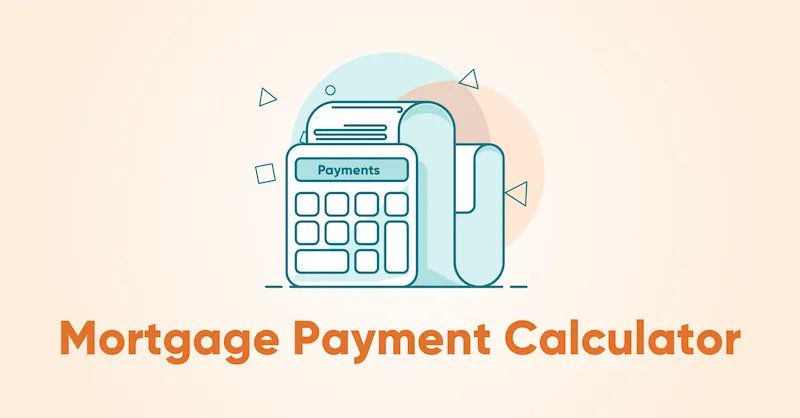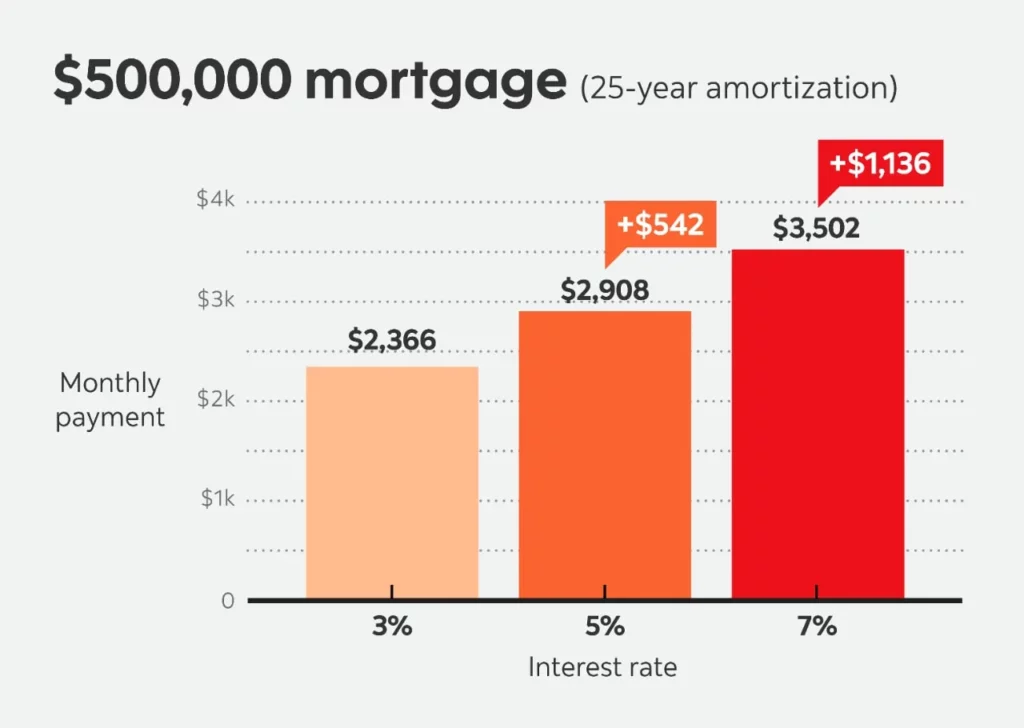What Is a High-Yield Savings Account?
A high-yield savings account is a type of savings account that can pay up to 10 to 12 times the national average of a standard savings account.1
Traditionally, people have held a savings account at the same bank where they hold their checking account for easy transfers. But with the rise of online banks and as more traditional banks use online accounts, the competition on savings rates has skyrocketed, creating a new category of “high-yield savings accounts.”
The difference in interest between high-yield savings account rates and the national average is significant. If you’re holding $5,000 in a conventional savings account, for instance, and the national average rate is 0.39% annual percentage yield (APY), you would earn $19.50 over the course of a year.1 If you instead put that same $5,000 in an account earning 4.5%, you’d earn $225 in interest.
To earn significantly more in interest with your savings, you may need to hold your savings account at one institution and your checking account at another. Today’s availability of electronic transfers between institutions—and the speed at which those transfers can be executed—make moving money between a checking account and savings account relatively simple, no matter if they are held at different banks.
RBC Mortgage Calculator Canada
Unlike traditional brick-and-mortar institutions that offer a one-stop shop for all your banking needs, banks offering high-yield savings accounts typically limit their features or offer few or no other products. Many don’t offer checking accounts and few provide ATM cards. Generally, withdrawals and deposits are made by electronic bank transfer or mobile check deposit.
One important feature is the same between traditional savings accounts and their high-yield counterparts: the federal insurance you’re provided against bank failures from the Federal Deposit Insurance Corp. (FDIC) and credit union failures from the National Credit Union Association (NCUA). Your deposits are protected for up to $250,000 per account.
How to Use a High-Yield Savings Account
A high-yield savings account will likely comprise only a part of your overall financial portfolio. Consider how you’ll best use the account in tandem with other accounts to fit your broader investment strategy. Determine how much cash to set aside according to your goals and budget.
For instance, if your savings account is serving as an emergency fund, consider having at least three to six months’ worth of living expenses deposited.
The strategy may be different if you’re using a high-yield account to save up for a large purchase, such as a house, a car, or a vacation. In that case, you may want to use a high-paying savings account to help you protect your principal while applying interest earnings to your savings goal.
You may simply want to open a high-yield savings account to keep cash. Most checking accounts don’t pay any interest, and those that do, generally offer very low interest rates, so moving extra funds into savings when you don’t need them can provide a higher monthly interest payment.
Many banks allow you to open more than one savings account and even give them personalized nicknames (e.g., Car Fund, Hawaii Vacation, etc.). Or you can open a high-yield savings account at more than one top-paying institution.




